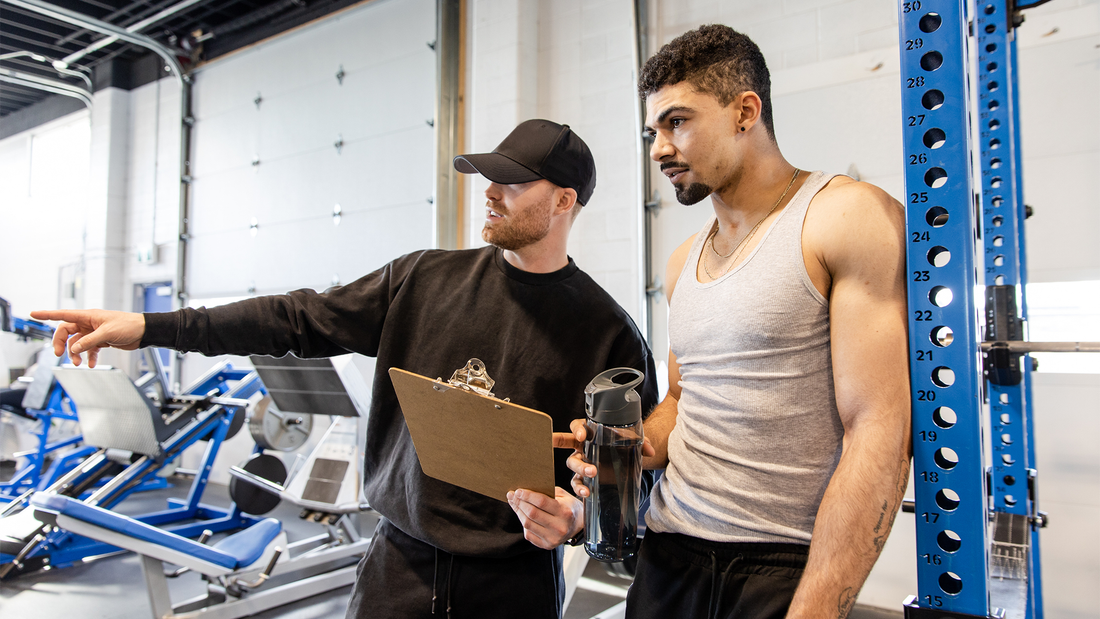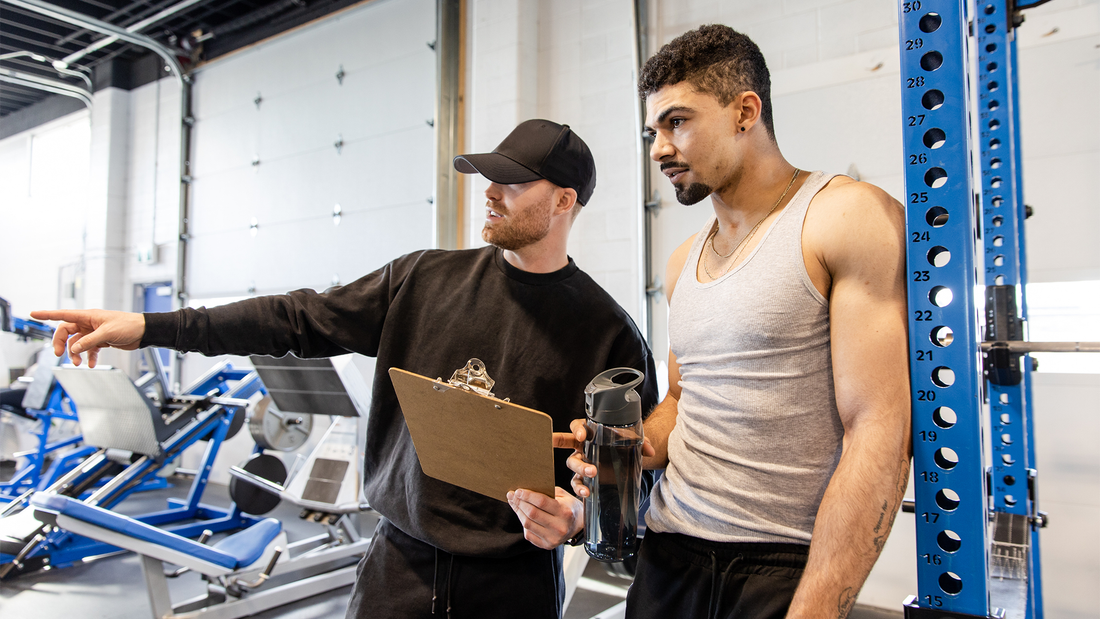

How Often Should You Change Your Workout Routine?
Consistency is key to seeing results from your fitness routine. Whether your goal is weight loss or muscle growth, ZOZOFIT knows that it doesn't happen overnight. Nevertheless, it is also possible to get stuck in a rut doing exercises that no longer challenge you. How often should you change your workout routine? The answer varies by individual.
How Often Should You Change Your Workout Routine?
The way that exercise works to help you lose weight or increase strength is that you start by pushing your body to its limits. Over time, your limits increase, so you have to make changes to your routine to keep challenging yourself. This is called "progressive overload."
You should approach progressive overload in a systematic fashion. If you are changing to a new workout routine too often without tracking your progress, you won't have any way of knowing when you've reached your goals. You probably won't reach them at all because you aren't doing progressively more challenging workouts.
On the other hand, if you keep doing the same exercise routine even after it is no longer challenging, you aren't reaching progressive overload, and your results are likely to plateau.
Expert opinions vary as to how often you should change to a new workout routine. Some say that you should wait at least two weeks before starting a new workout routine, while others say that you shouldn't even think about changing from one workout program to a different routine until at least 12 weeks. This may vary based on your activity level.
A more accurate answer is that you should continue a workout routine for as long as you are getting results from it, at which point you should switch to a new one.
How Do You Know When You Should Change Your Workout Routine?
If you are depending on your results to indicate when and how often you should change your workout routine, then accurately tracking your progress with an app like ZOZOFIT is crucial. However, there are other, more subjective clues that indicate you may be due for a new workout program.
You No Longer Feel Sore
Progressive overload involves causing minor damage to your muscles. Your body can heal this damage fairly quickly and builds up more muscle tissue in the process. However, in the interim, you should feel some soreness. If you no longer feel soreness after your workout, it is time to progress to a more challenging routine.
You Don't Feel as Hungry
Protein and other nutrients are the building blocks your body uses to repair damage to the muscles. Your body sends you a message in the form of hunger telling you to replenish these raw materials so it can go to work building your muscles. If you no longer feel hungry following a workout, it may mean that your body no longer needs those extra nutrients because your muscles are not sustaining damage.
The Workout Seems Too Easy
As you make progress with your workout routine, exercises that were formerly difficult for you may start to seem too easy. If it is no longer a challenge to complete the workout, you are likely to see a slowdown and eventual plateau in your results. The objective leveling of your results and the subjective sense that the workout seems too easy both suggest that you need to change to a new, more challenging routine.
You Feel Bored When Exercising
While consistency is good for achieving results with your workout, your psyche may become bored performing the same routine from day to day and week to week. If you become bored, you might lose your motivation, which can also hurt your consistency. It may be possible to vary your routine to prevent boredom without changing to a completely new workout.
What Can You Do To Vary Your Workout?
Here are three tips for varying your workout to avoid boredom without completely changing your workout routine.
1. Substitute One Move With Another
You can vary your workout routine by occasionally substituting a new move that works the same muscle group in a different way while maintaining the same intensity. For example, you could swap a glutes bridge for a squat, or vice versa. Not only does this help prevent boredom, but it can also keep you from plateauing if you work the same muscle group in a different plane of motion, e.g., a lateral lunge instead of a forward lunge.
2. Change the Tempo
Change the time that you keep your muscles under tension before releasing. For example, say you do yoga, and you usually hold each pose for five seconds before releasing. Try holding for seven or 10 seconds instead.
3. Time Your Rest Intervals
If you are trying to build up muscles with weightlifting, longer rest periods give your body more time to recover, leading to better results. On the other hand, if your goal is to increase your heart rate or burn fat, shorter rest periods are better. In either case, you should time your rest periods so you don't accidentally make them too long or too short.
What Are the Benefits of Changing Your Workout Routine?
Once you've gotten as much out of a workout routine as you can, there can be advantages to starting a new program. Your old routine may have neglected certain muscle groups, and changing to a new workout program gives you the opportunity to start working on them. This can lead to better workout balance and a more symmetrical, toned physique.
Failing to give your body adequate time to recover can hurt your muscle-building progress. It can also cause long-term damage over time to bones and soft tissues, including ligaments and tendons. Varying your workout routine, and then switching to a new exercise program when the old one is no longer doing you much good, can help prevent overuse injuries.
Track Your Progress To Know How Often You Should Change Your Workout Routine
There is no one answer to the question of how often you should change your workout routine because it depends on your individual progress and goals. Learn how ZOZOFIT can provide you with accurate information through their cutting-edge 3D body scanning technology to help you meet your goals.

![zf-w-[168px] zf-h-[40px]](http://zozofit.com/cdn/shop/t/15/assets/logo-desktop.png?v=117713855448369080381753069598)




